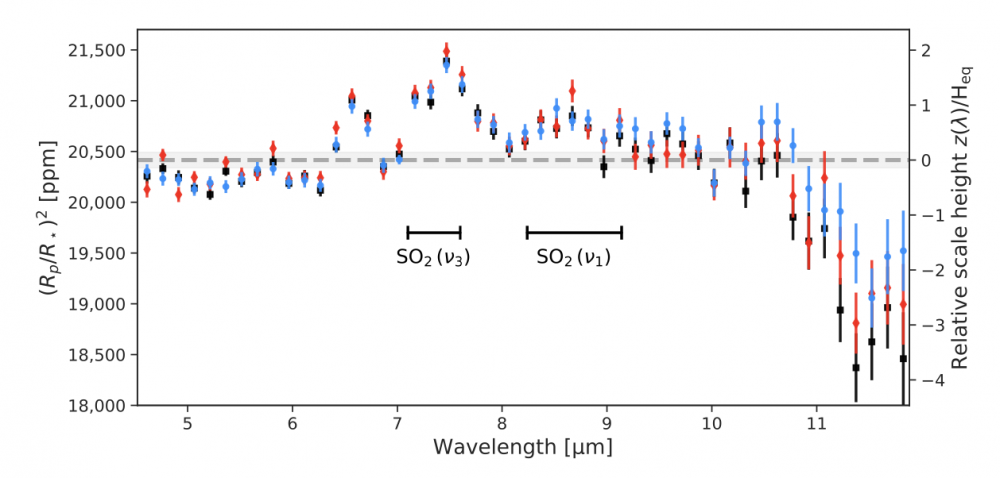For the 17th edition of the Prix Jeunes Talents France, the L'Oréal Foundation rewarded 35 brilliant young female researchers in France, selected from 618 eligible applications by a jury of excellence comprising 32 researchers from the French Academy of Sciences. At Irfu's Astrophysics Department, Achrène Dyrek received the award for physics.
Achrène Dyrek has just obtained her PhD in astrophysics. She began her thesis in 2020 at CEA's Department of Astrophysics (DAp), under the supervision of Pierre-Olivier Lagage. During this time, she dedicated herself to the study of planetary atmospheres as seen by the James Webb Space Telescope (JWST - NASA/ESA/CSA), using the MIRI (Mid-InfraRed Instrument) developed at DAp.
"Observing the atmosphere of an exoplanet allows us to learn more about its formation and evolution, as well as the temperature, pressure and chemical conditions that prevail there. In the long term, these answers will enable us to characterize the exoplanets known to date, to understand the uniqueness of our solar system and assess the conditions of habitability", explains Achrène.

Spectre de l'atmosphère de la Super-Neptune WASP-107b obtenu avec l'instrument MIRI du JWST, montrant la détection significative de dioxyde de soufre (SO2) dans l'atmosphère de la planète.
She began her doctoral research by developing a simulator capable of generating observations of exoplanetary atmospheres as the JWST would observe them through its Low-Resolution Spectrometer (LRS) of the MIRI instrument. This step is crucial for understanding and mitigating all the instrument's systematics that could bias the results. With this experience, she contributed to characterizing the in-flight performance of the first images acquired by the MIRI instrument and tested analysis methods using these simulated observations.
After this testing phase known as Early Release Science (ERS), the James Webb began making observations of exoplanets, and Achrène followed suit. She collaborated with various international teams, using her knowledge of the instrument and her simulator to analyze the atmospheres of other worlds. Many major discoveries followed, some of which were published in the prestigious journal Nature. These include, for example, the first detection of thermal emission from a temperate rocky planet; or the discovery of carbon dioxide in the atmosphere of a hot Jupiter (very close to its star) and sulfur dioxide in the atmosphere of two giants gas, the first evidence of photochemistry in the atmosphere of an exoplanet. Or the analysis of the phase curve (variation in the apparent luminous intensity of a planet along its orbit) of a Mini-Neptune.
Irfu Contact : Achrène Dyrek
• Structure and evolution of the Universe › Planets, star's formation and dynamics, interstellar medium
• Institute of Research into the Fundamental Laws of the Universe • Department of Astrophysics (DAp) // UMR AIM
• Dynamics of Stars, Exoplanets and their Environment
• JWST
